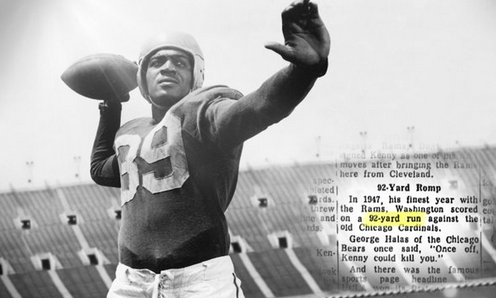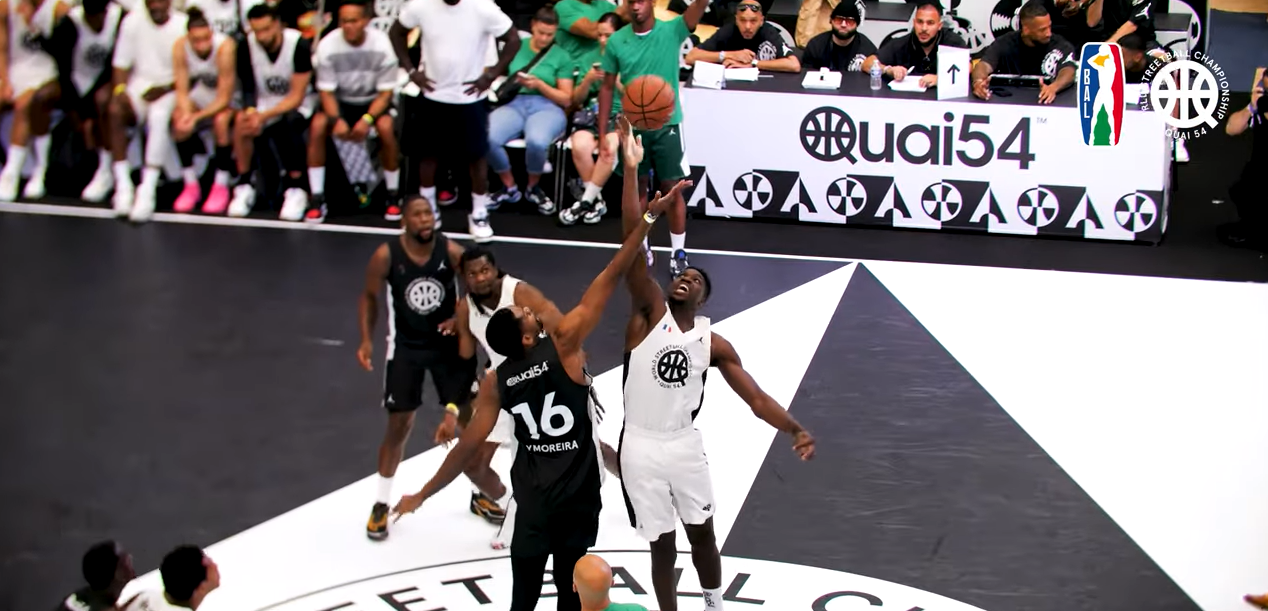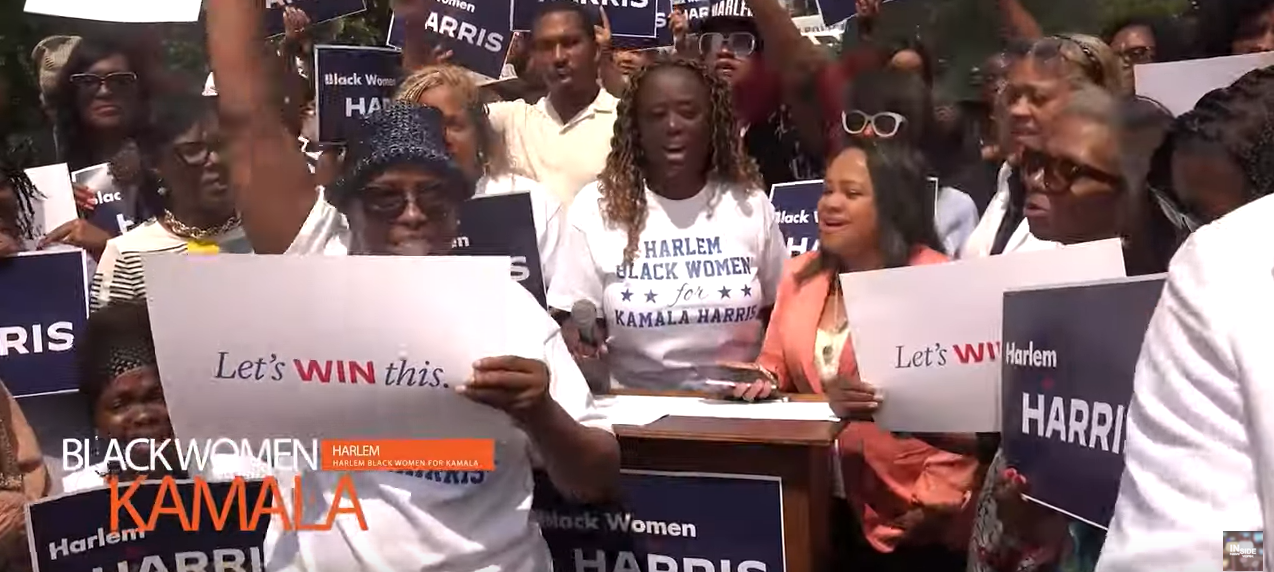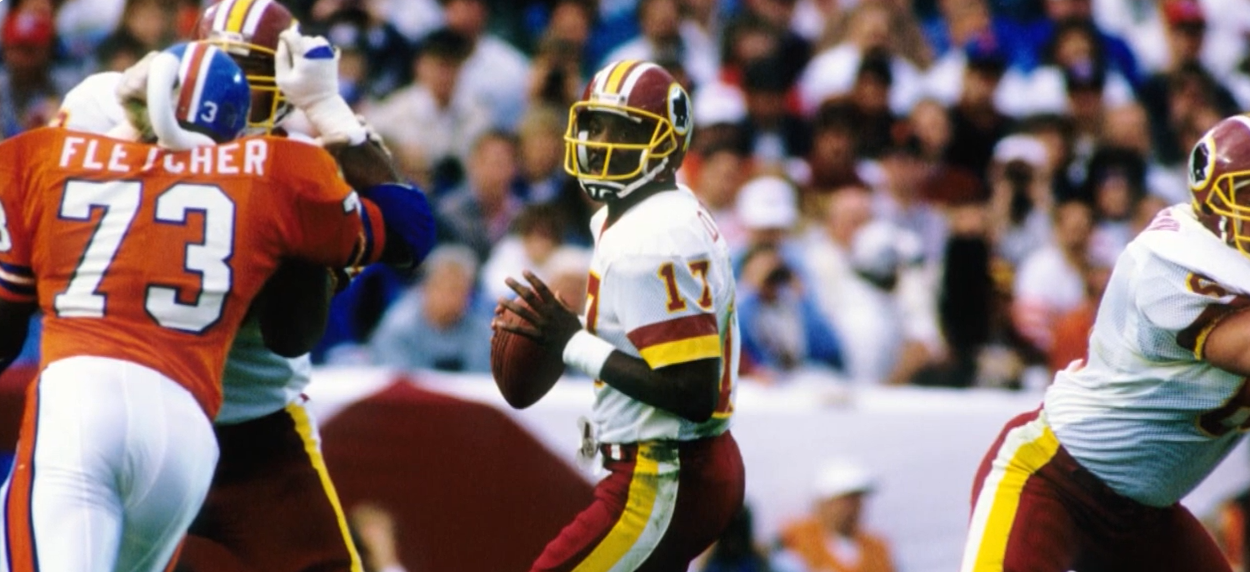Photo: Twitter
If you were able to go back in time and tell sports fans of the late 1930s and early 1940s that a young Black athlete would become an American icon for breaking a color barrier, they’d likely think you were talking about Kenny Washington.
Few would imagine you were describing Jackie Robinson, who followed Washington at UCLA as a football and baseball player. In 1940, a Los Angeles Times sports writer worried that Washington was irreplaceable on the gridiron. “It is going to take a piece of doing,” he wrote, “for Jackie Robinson to fill his shoes.”
Today, it’s Washington who’s been engulfed by Robinson’s shadow. In the decades since Washington broke the NFL’s color barrier in 1946—the year before Robinson got to the Brooklyn Dodgers—the league has hardly acknowledged his importance, especially compared with the way Major League Baseball has burnished Robinson’s legend.
A 2006 exhibition at the Pro Football Hall of Fame called “Breaking Through: The Reintegration of Pro Football” focused on the Cleveland Browns’ Marion Motley and Bill Willis—half of the sport’s “forgotten four” of pioneering Black players, along with Washington and Woody Strode (who signed with the Los Angeles Rams two months after Washington). In 1946, Motley and Willis integrated the All-America Football Conference, a newly formed league that launched without a color barrier. Washington, meanwhile, was the first of the four to integrate pro football.
This year is the 75th anniversary of Washington’s groundbreaking season, and he’s barely a footnote in the annals of sports history. During the lead-up to this past Super Bowl, a CBS segment at last acknowledged his singular breakthrough—calling it a “Jackie Robinson moment.”
So why, all these decades later, don’t we talk about Jackie Robinson’s debut as a “Kenny Washington moment”? Why did America forget Kenny Washington? Read more.












